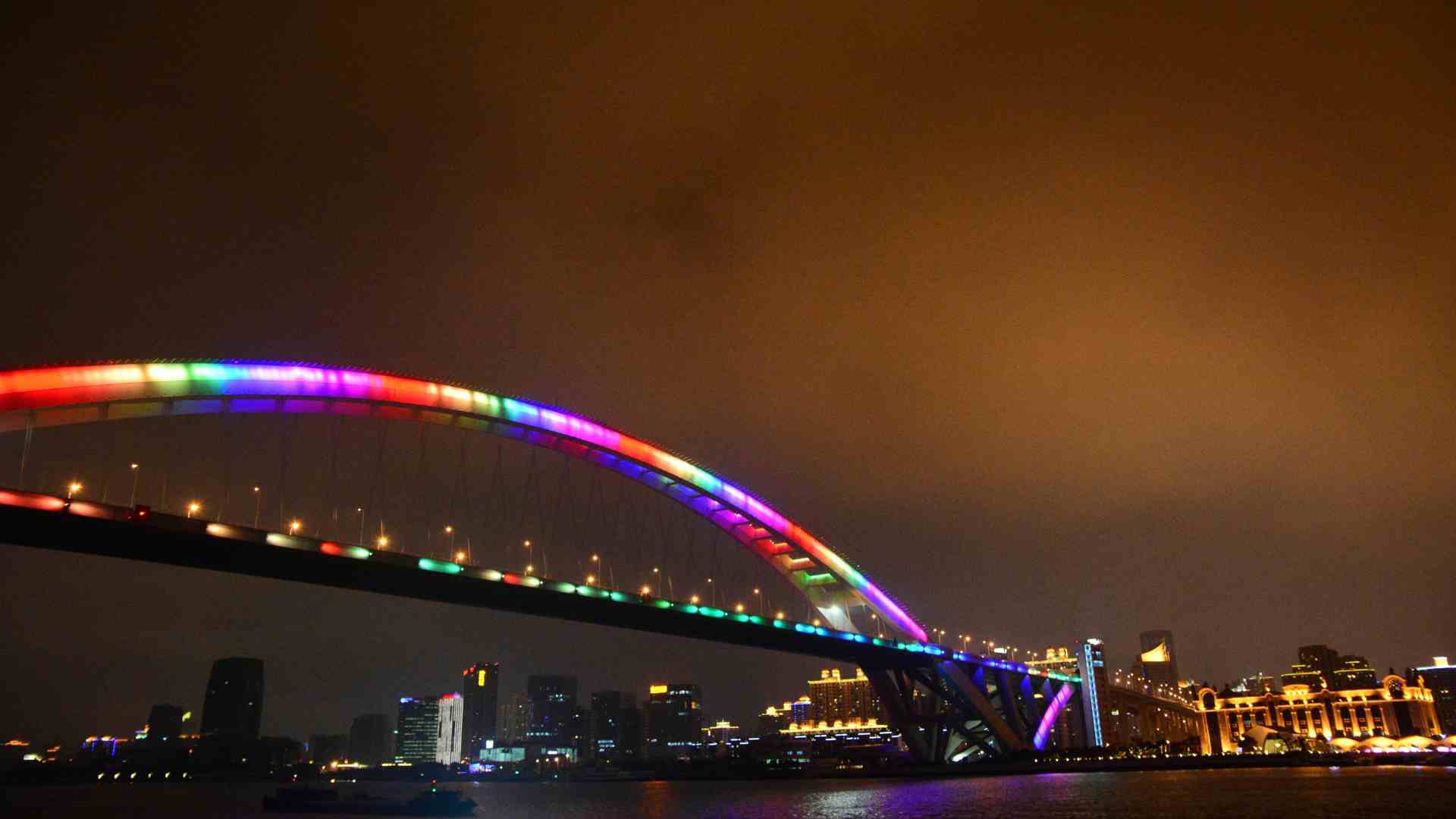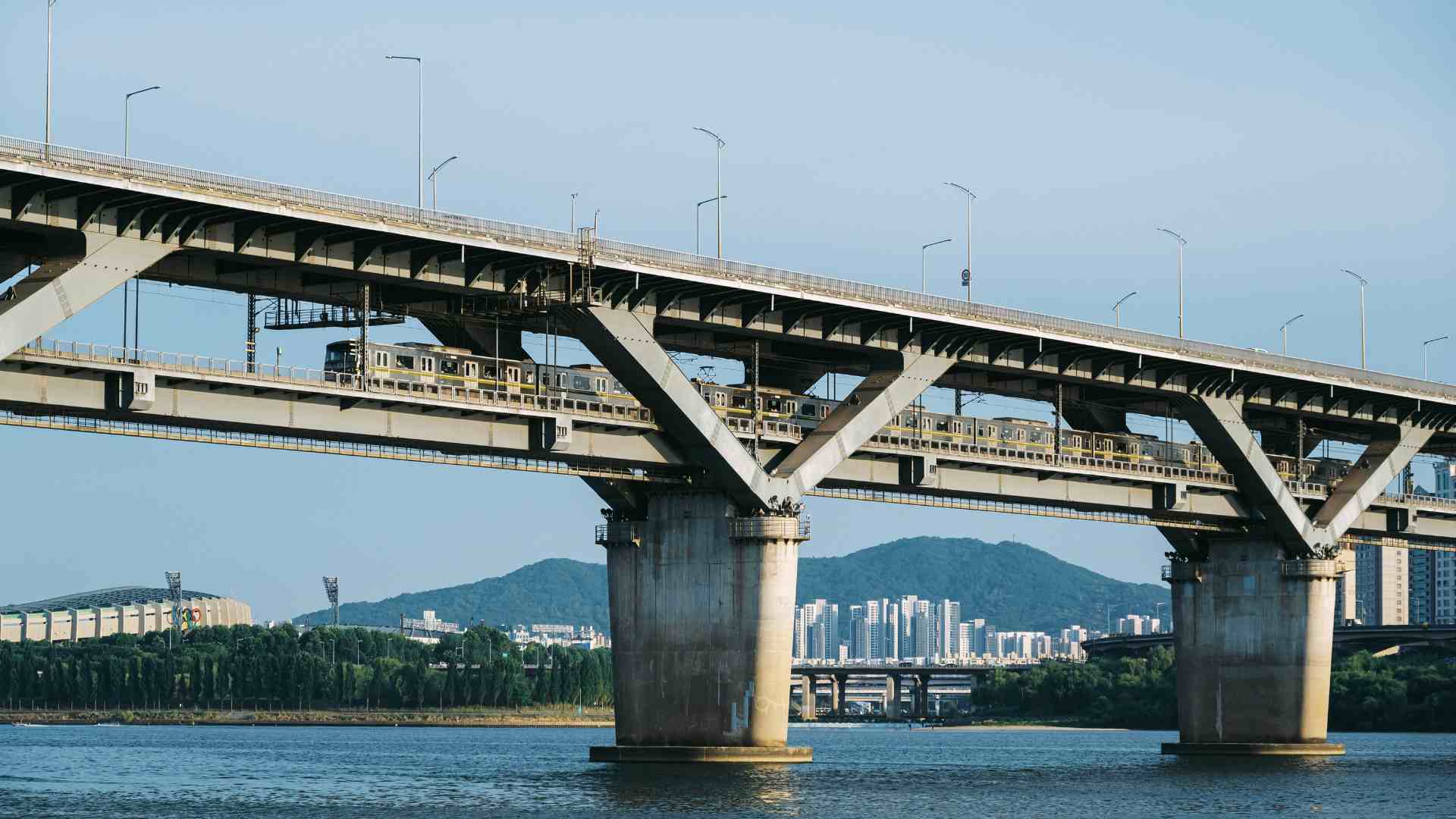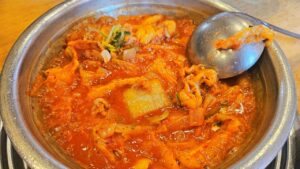In the heart of Seoul, the Banpo Bridge (반포대교) and the Han River (한강) converge. This is the space where urban dynamism meets tranquil waters. Families bask in the cool river wind. Bikers and runners commute along the weaving paths. Though South Korea (대한민국) is modernizing, this is a safe space embodying the nation’s harmonious relationship with nature.
The Banpo Bridge was completed in 1982. It’s world-renowned for its Moonlight Rainbow Fountain (반포대교 달빛무지개분수). This bridge was inaugurated in 2009 as part of the Hangang River Renaissance Project (한강르네상스 프로젝트). This installation holds the Guinness World Record (기네스 세계 기록) as the longest bridge fountain, stretching 1,140 meters (0.7 miles). 380 nozzles that cascade 60 tons of water per minute, illuminated by 200 LED lights. From April to October, the fountain performs five to six times daily. Every 20 minutes is a spectacle of synchronized water, light, and music, captivating locals and tourists alike.
Under the Banpo Bridge lies the Jamsu Bridge (잠수교). This unique submersible bridge is fully submersible. This dual-structure bridge exemplifies Seoul’s innovative engineering and adaptability to natural elements.
The Han River is steeped in history, serving as a cradle of Korean civilization for over 5,000 years. Neolithic settlements in Amsa-dong (암사동) used the river for foraging and fishing. The river held strategic importance during the Three Kingdoms period (삼국시대). The Han has been central to Korea’s agricultural, economic, and cultural development.
In recent times, the Han River has transformed into a vibrant recreational hub. The Hangang River Festival (한강축제), held annually, celebrates this transformation. Each year, the riverbanks hold a plethora of cultural, artistic, and leisure activities. Events such as the Moonlight Square Cultural Weekend (달빛광장 문화주말) at Banpo Hangang Park (반포한강공원) host huge performances. Recently, the Han hosted a drone show collaboration event between LINE Friends and Seoul Festa.
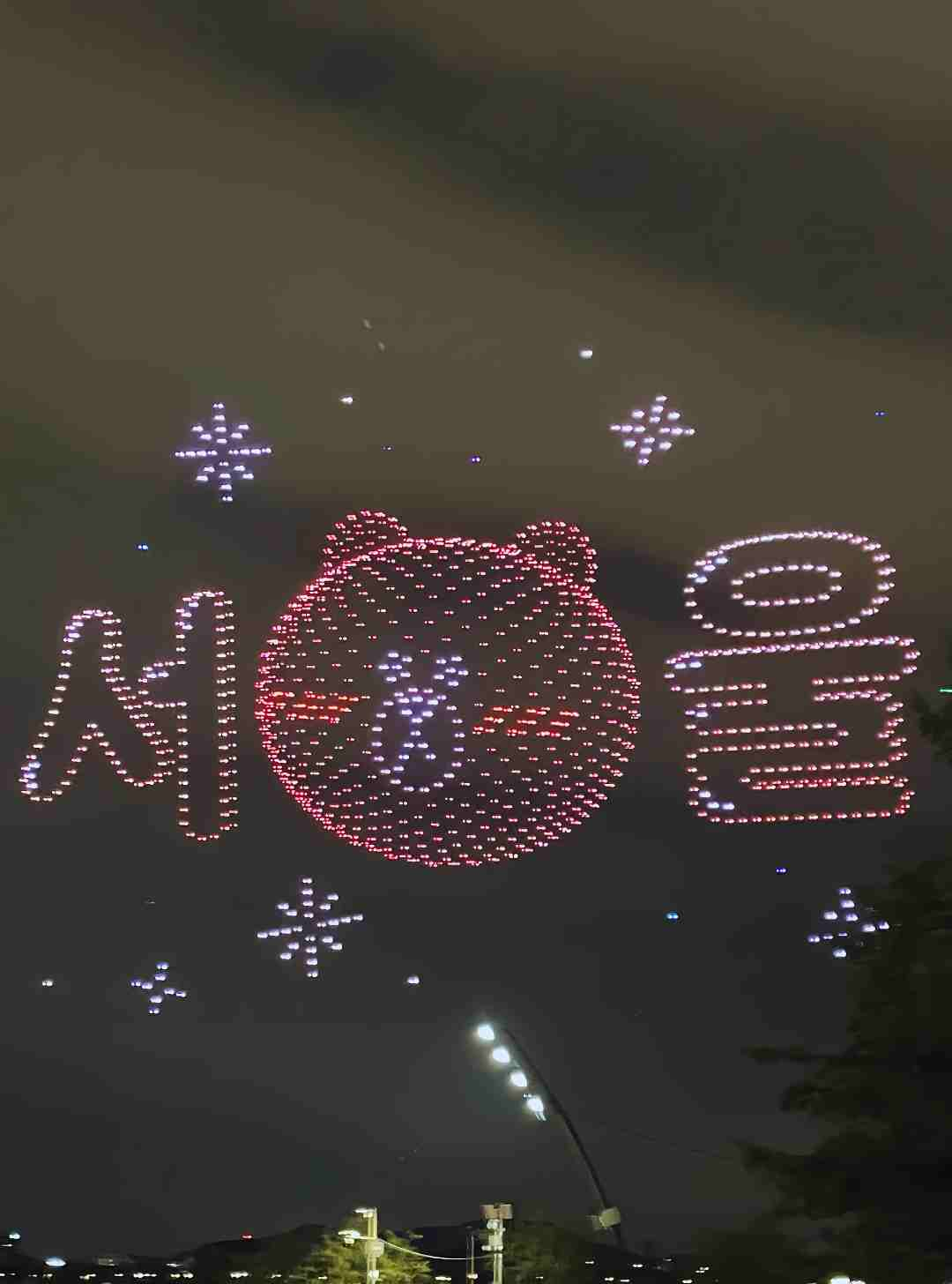
The river’s revitalization is also evident in eco-friendly initiatives. These initiatives aim to restore its natural environment. Projects under the Great Hangang Project (한강종합개발계획) focus on harmonizing urban development with nature. An example is the bridge’s recent redesign. Dutch studios: Arch Mist redesigned the Jamsu Bridge to host the greater foot traffic of its bustling metropolitan area.
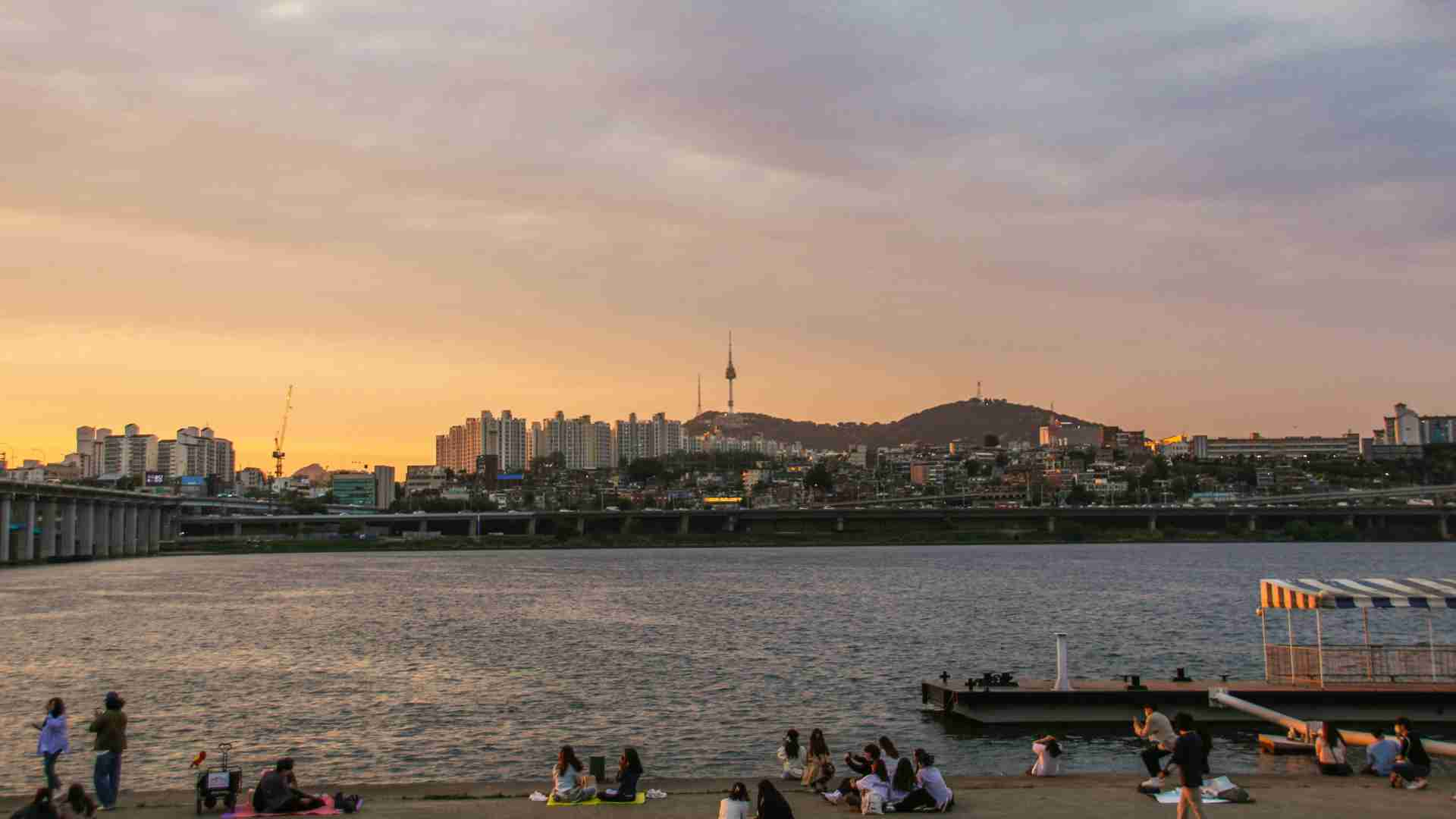
For visitors seeking a picture-esque view, the Sky Suite Hangang Bridge (스카이 스위트 한강대교) is just for you. This area is perched atop the Hangang Bridge (한강대교). It’s another layer to this cultural space, providing panoramic views of the river and its surroundings. This innovative lodging option exemplifies Seoul’s commitment to blending modernity with tradition. It’s a Neopolitan of bridges, offering guests a chance to experience the city’s charms from a new perspective.
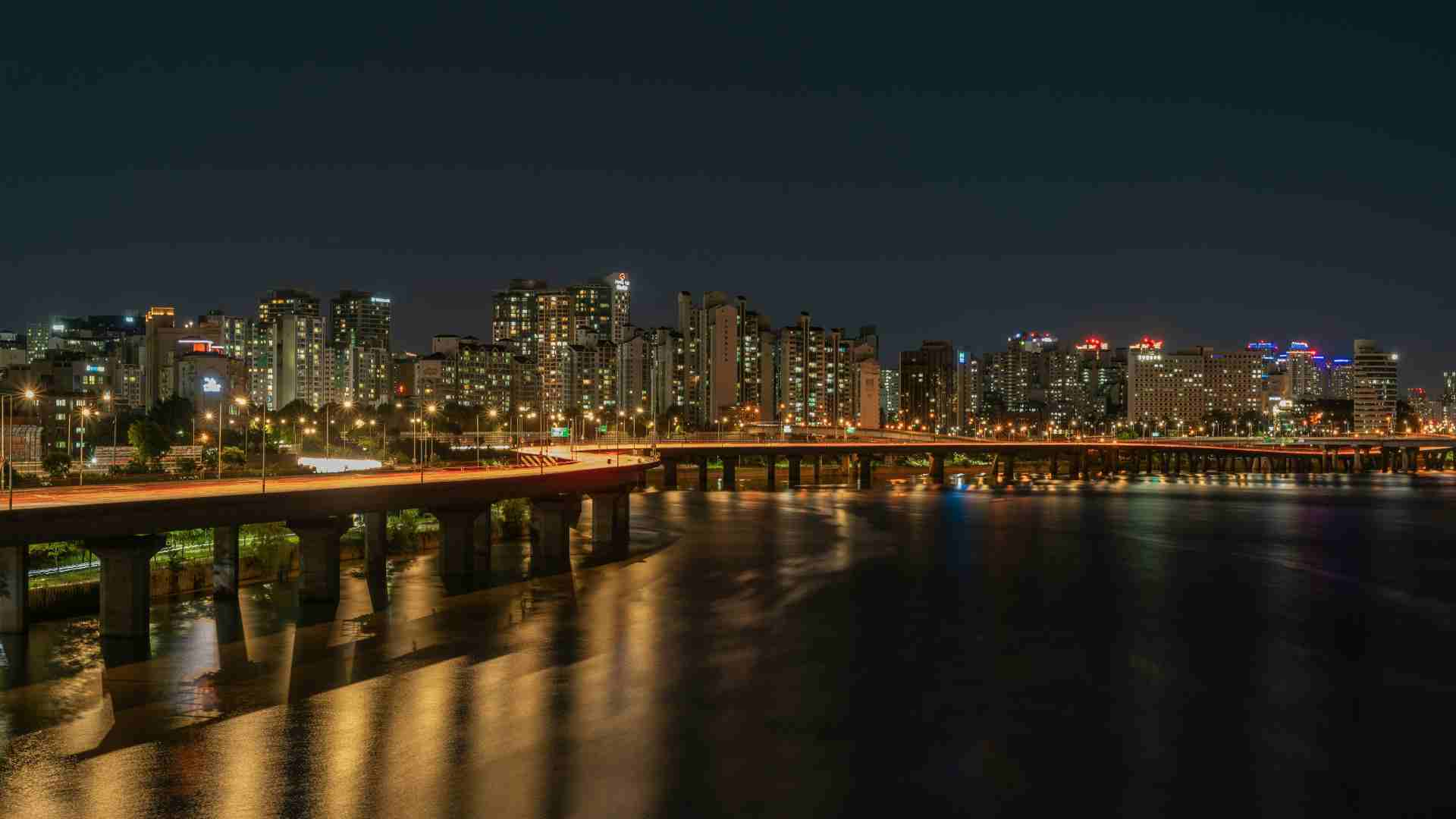
The Banpo Bridge (반포대교) and the Han River (한강) encapsulate Seoul’s (서울) journey from a historical epicenter to a modern metropolis. Their coexistence is an ode to the past and present. To nature and technology. Come to the Han to experience this cultural space for yourself.
Image courtesy: Unsplash



